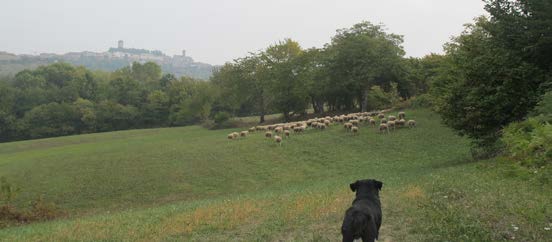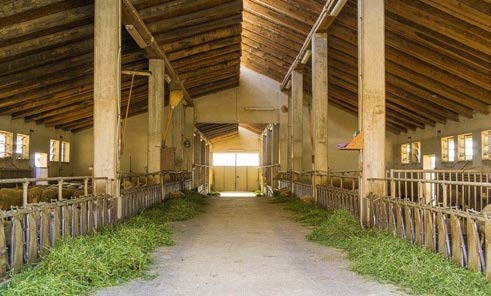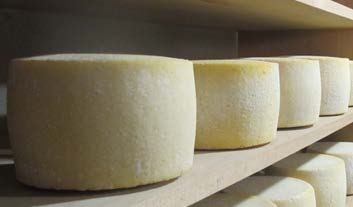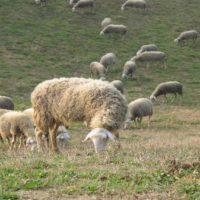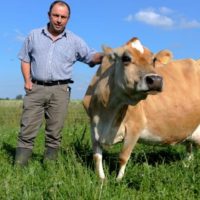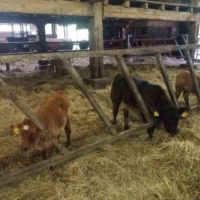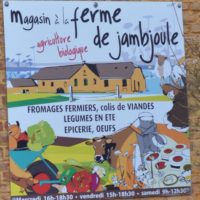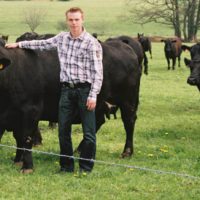From grassland management to local cheese production
Farm: “Il Forletto farm””
Location: Murazzano (CN), Italy
Case study
 From grassland management to local cheese production (.pdf)
From grassland management to local cheese production (.pdf)
Description
Background
The mountain area of Alta Langa (Piedmont region) is historically known as production and trade center of several typical sheep cheeses. Farmers located in this area, traditionally manage flocks according to the availability of grassland’s biomass over the year, supported by seldom purchases of forage to face shortage in winter season.
The economic model is based on a family-run business that has stood out for its innovative approach to grassland management and the related production of the farm’s cheeses.
Aim of this farm is to improve quality of the cheese produced, in term of fatty acids, vitamins, terpenes and taste, also through an innovative and economically sustainable exploitation of the grassland. The innovative approach has been also the strict monitoring of the color of cheese, heavily affected by the grazing composition.
During the interview, the farmer said: “to improve cheese quality it is necessary to improve the milk either in the proteins and fatty acid contents and its technological properties, thus it is necessary to focus on grassland and also on flock”.
Sheep cheeses from Langhe are produced with milk from Delle Langhe sheep exclusively. To protect the label, promote the products and improve the genetic values of the flock, Il Forletto farm adhere both to Delle Langhe sheep Producers Association and to Assonapa (National Sheep and Goat breeder Association).
Detailed description
The innovation of Il Forletto farm is related to the ability to manage in a sustainable and innovative way the grazing and rearing systems, conserving the traditional features of the area and of the products. Il Forletto farm has treasured and embedded in the management many researches results on the influence of grazing in Piedmont mountain on cheeses characteristics and flavor. Some surveys highlight the relation between bromatological aspect of grazing and fat content in milk and the potential to influence milk quality through grazing management. Milk fatty acids profile is positively influenced by the high amount of PUFA content in herbs. Based on this, the strategy has been to increase the land with permanent grassland and to maintain natural grassland (rangeland) with a sustainable grazing rotation.
With the support of a senior agricultural advisor, permanent grassland surface has been sown with two mixtures of grass-legume considering their productivity and attitude to improve milk quality.
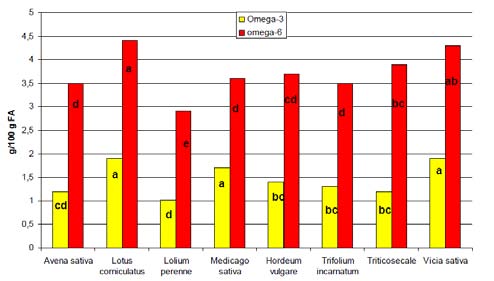
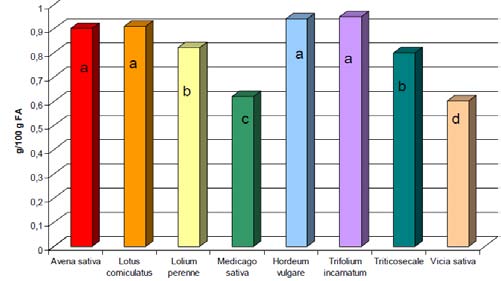
Grassland (grazing and hay production) is managed following both biomass volume and optimal phenological phase (feeding value). During spring, most of temporary and permanent grasslands are destined to hay production (1 or 2 cuts), taking care to cut alfalfa with 10-20% flowering and managing grass at early growing stage.
After the first milking, the entire flock is left grazing in a paddock of about 13 ha managed according to the optimal livestock units per area and depending on the climate and temperature. During warmer periods, flock return to the stable after some hours otherwise it returns directly for second milking at 5pm. To have a monitoring of overall flock health, feeding management and milk quality, animals are regularly subjected to performance recording and milk lab analysis.
Peak of biomass production in temporary grassland coincide with the firsts phase of lactation stage, therefore it is possible feeding dairy sheep in stable, mainly with green fodder cutted daily.
Il Forletto farm management respect the natural life cycle of the flock. During winter season, with low grassland production, ewes are in dry period thus the diet are mainly based on hay.
Thanks to this synergy between grassland and livestock management, concentrates are not necessary with a positive benefit also on the farm economic sustainability.
Results
Positive results on milk quality, monitored monthly by accurate lab-analysis. The optimal grassland management leads to an increase of fatty acids content of milk and to a constant milk yield over the lactation stages. Grazing and feeding systems permitted to reduce the costs of management and feed, saving resources and making the entire process sustainable.
After two year since the adoption of the management criteria described, it is possible to appreciate the benefit on the farm cheeses quality. Aromatic and terpenic contents have been increased and the milk quality allowed to enlarge the portfolio of cheese produced.
Adoption criteria
Il Forletto farm management comes from the idea to join scientific results, innovation and tradition towards a better product quality. Such a results have been made possible exploiting different professional skills. From the marketing and commercial perspective, stress the link between the geographic area and the local products is fundamental.
Future prospects
Future aims will be: enlarge the lab analysis of cheese quality including omega3, omega6 and CLA profile; further promote farm products; obtain a Certification (i.e. Organic Production).
Particular care will be devoted to temporary and semi-permanent grassland renewal avoiding soil fatigue with a focused fields rotation.
Additional information
| Farming system | conventional farming |
|---|---|
| Domains of innovation | animal feeding management, farm system, grazing management system |
| Main types of animal | dairy sheep, meat sheep |
| Country | Italy |
| Product type | Case study |
| Language | English |

